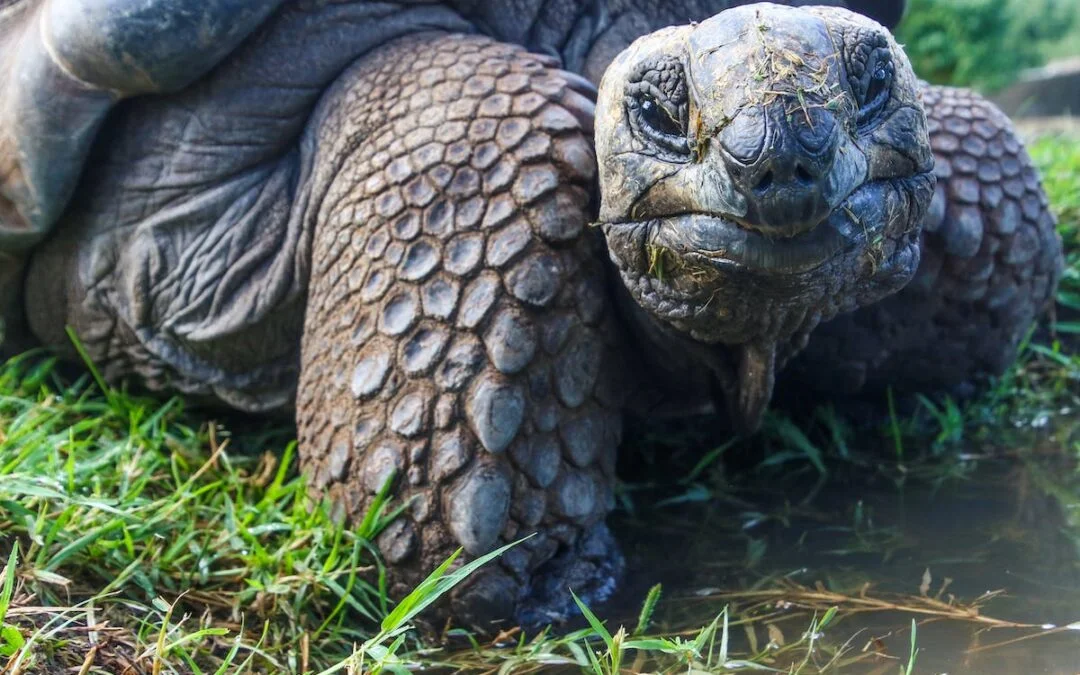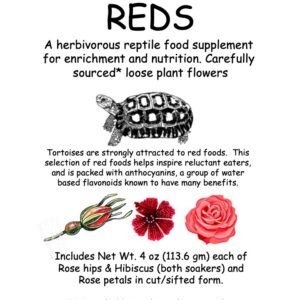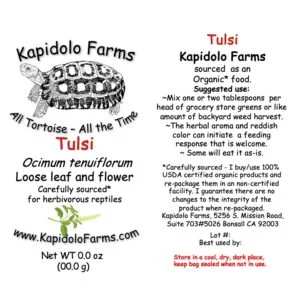Tortoises are part of the family Testudinidae. Although all tortoises are considered turtles, not all turtles are considered tortoises. Their sizes vary, from just a few inches to almost four feet long.
Their weight also varies, from a few pounds to several hundred pounds. Most probably, you have heard of tortoises in many myths and legends, most notably in the incredible story of the tortoise and the hare. They can be found in various regions and environments around the world, except in Antarctica and Australasia.
Terrapins have webbed feet, while freshwater and sea turtles have flippers. However, tortoises have huge hind feet and flat front feet. The following are some of the amazing facts that show why tortoises are so incredible.
1. Tortoises Are Very Intelligent
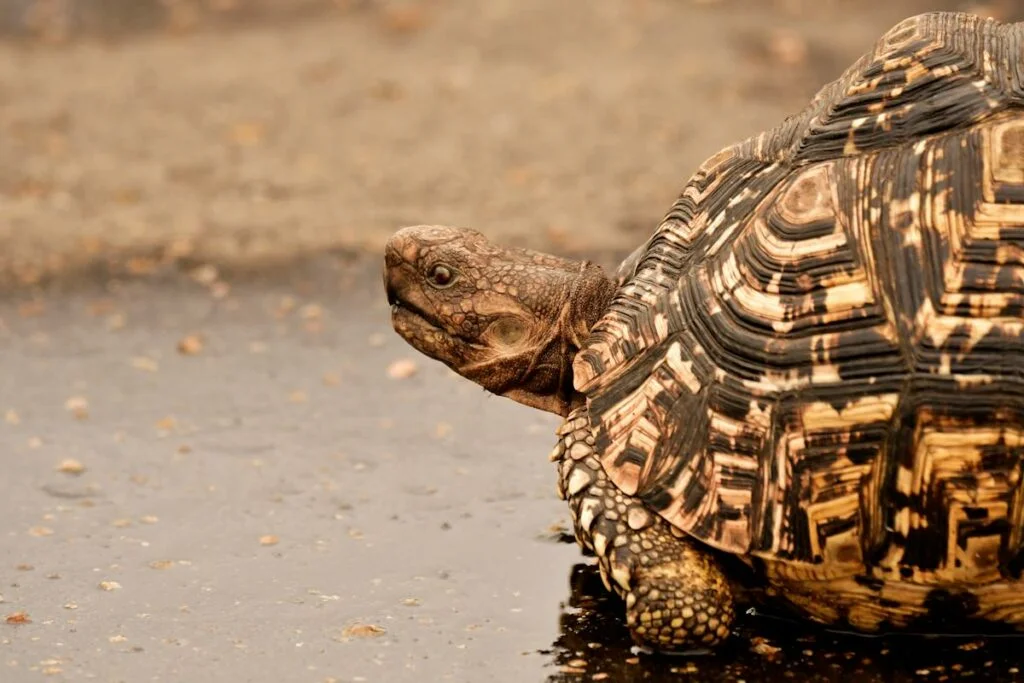
Red-footed tortoises are known as such because their head, legs, and feet have red markings while their shell is primarily black. You might not believe it, but tortoises are more intelligent than you think. Most often, it may seem that tortoises and other types of reptiles are rather stupid. But the fact is, tortoises are much more intelligent than they look.
Scientists conducted a study on tortoises to test their intelligence by putting them in mazes and letting them find food. A comparison was made based on their performance and that of a laboratory rat.
They found out that the tortoise was more effective in finding food than the rat, and at the same time, they did not revisit the same area twice. Some evidence also shows that tortoises can easily recognize faces. Also, they have specific types of faces that they prefer based on their powerful recollection and perception.
2. Gender and Shell Color are Influenced by the Weather
One of the most interesting facts about tortoises is that weather plays a crucial part in recognizing the life of a tortoise. It’s the weather that will determine the gender of a tortoise.
While the tortoise is still within the egg, its gender is not yet determined. However, the weather can impact whether the tortoise will be born female or male. If there is warm weather, then most likely, the egg will become female. On the contrary, if the weather is cold, then most likely, the egg will come out as male.
Consequently, the weather can also affect the color of a tortoise’s shell. Generally, tortoises that thrive in hot, sunny weather conditions have lighter-colored shells. On the other hand, tortoises that thrive in colder, darker climates typically have darker-colored shells.
3. Tortoises Have Been Around for Millions of Years
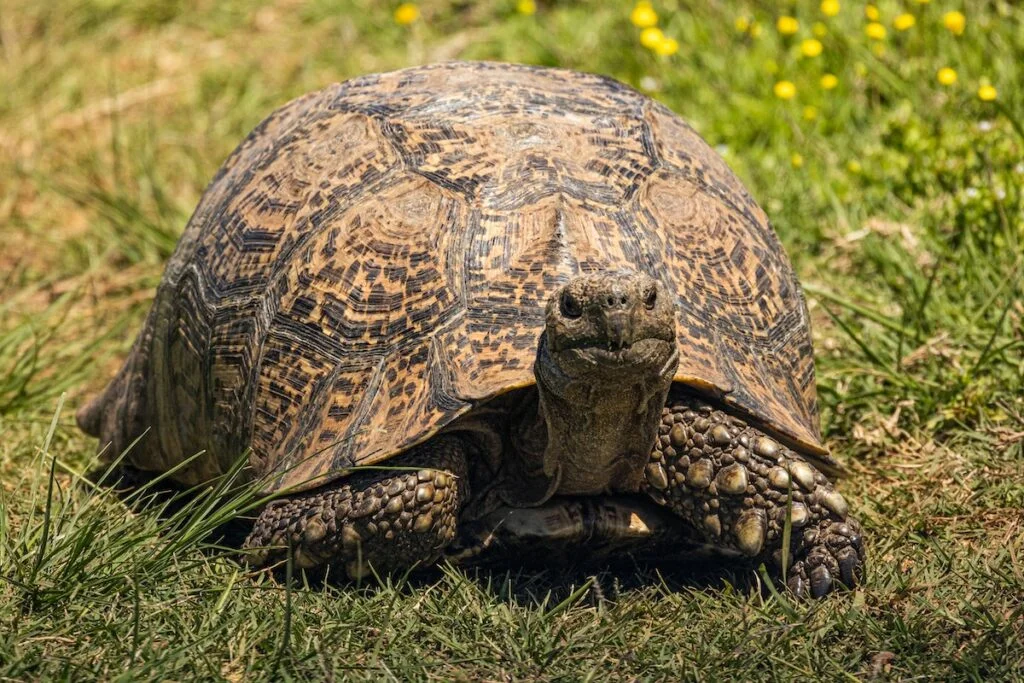
Aside from the fact that they can survive for a long time, tortoises have already existed for quite some time. It’s been almost 300 million years since the earliest turtles existed.
While their prehistoric ancestors had teeth, modern turtles don’t have any. Also, most of the early turtles don’t have a shell. Furthermore, during this time, various species have started to adapt to different habitats, with some staying in the sea while others choosing to move to the land.
Nearly 200 million years ago, all sea tortoises became extinct. Nevertheless, there are still some terrestrial tortoises that exist. The appearance of prehistoric tortoises is much like modern tortoises in a lot of ways and has become the prototype of the tortoises alive today. This means that tortoises are much older than birds, mammals, and any other reptiles such as snakes.
4. Tortoises Use Their Throats for Smelling
When it comes to smelling, we usually associate this with our nose, which is typical for most animals. Nevertheless, some animals use another organ for smelling, which is called the vomeronasal organ, or Jacobson’s organ.
For certain animals, this organ is in soft tissue in the nasal cavity, particularly on the roof of the mouth. This organ can be found in all lizards and snakes, as well as other amphibian reptiles and some mammals. A vomeronasal organ can also be found in tortoises. The air will be cycled through the nose and then into the mouth to boost their sense of smell.
5. Tortoises Can Live for a Long Time
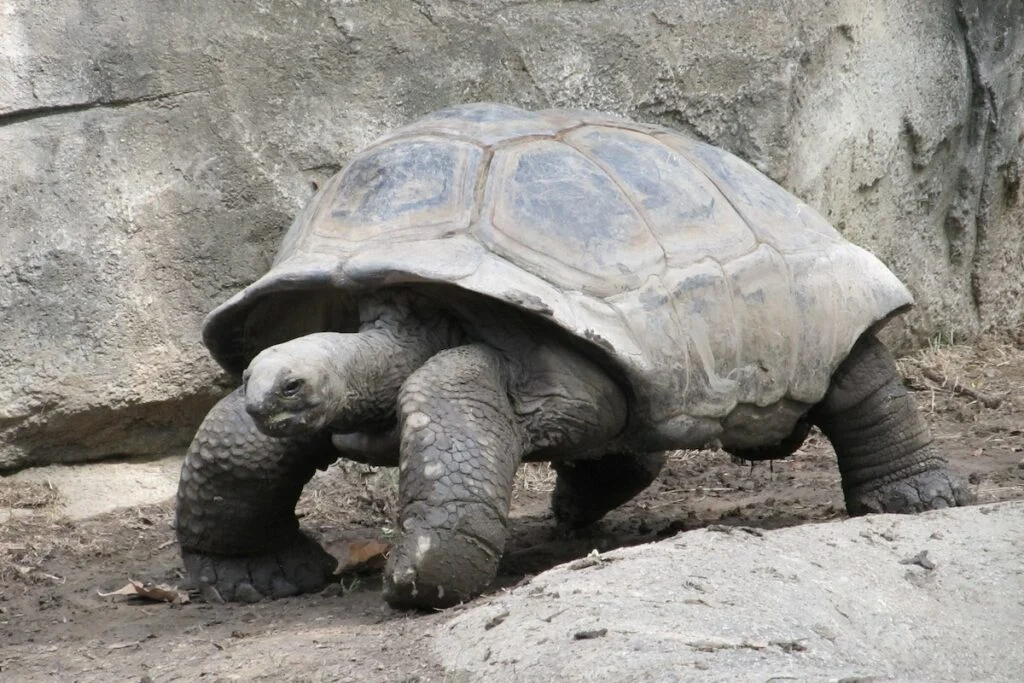
By now, you have probably realized that tortoises have long lives. One tortoise that has an exceptionally long life is Harriet, which researchers presume to have lived for around 175 years.
Ultimately, compared to other animals, tortoises simply do things slower. They have a longer cycle of reproduction, and their sexual maturity can last for years. In addition, they can thrive in more isolated environments, have strong shells that can protect themselves, and have slow metabolisms. That is why it is not surprising that tortoises can live for several years.
Another tortoise named Jonathan, a geriatric Seychelles giant tortoise, is believed to be the oldest living animal on the planet. In fact, scientists assumed that Jonathan was born in 1832, making him almost 190 years old. If this is a fact, then he has beaten the prior record-holder, Tu’i Malila, a radiated tortoise who has lived almost 188 years.
6. A Bunch of Tortoises Is Called a Creep
The term used for describing a group of animals differs depending on the species. Sometimes the collective noun used for describing a certain group of animals can help us determine the creatures.
For instance, a group of crocodiles is known as a “bask,” which is quite right since they always lie in the sun. On the other hand, a group of crows is called a murder, which only makes sense since the crow is commonly associated with death.
And when it comes to a group of tortoises, it is known as a creep. Since tortoises are popularly known for being slow-footed, there’s probably no better collective noun for them other than creep.
7. Tortoises are a Great Inspiration for the Roman Military
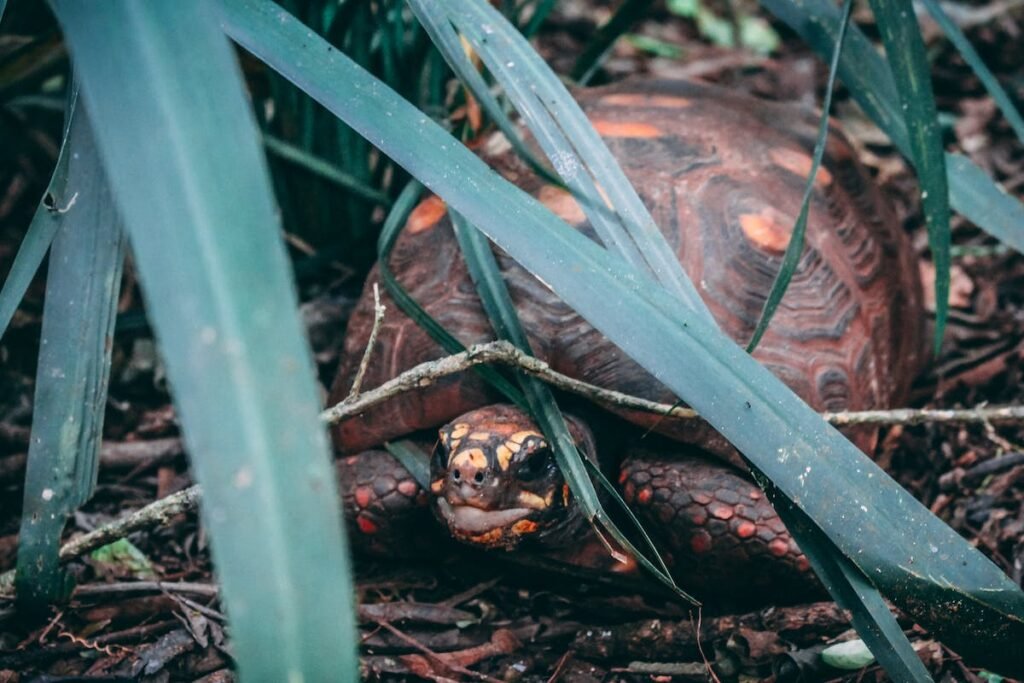
The Roman military was one of the leading fighters in the world. With its well-trained soldiers, Rome successfully conquered most of Europe and the Mediterranean region. The Romans were known as smart tacticians and were greatly inspired by the most successful generals of the past.
Tortoises, however, also served as a major source of inspiration for them. One of the effective Roman shield wall formations known as the testudo has a resemblance to the shell of a tortoise.
In this formation, the soldiers will stand in a tight group while holding their shields on top and in front. The testudo formation is used as a defensive tactic to minimize casualties from missile attacks. When translated to English, the Latin word testudo means tortoise.
8. Tortoises Both Have an Endoskeleton and an Exoskeleton
Animals with an endoskeleton possess an internal skeleton. Animals with an exoskeleton develop an external skeleton that can protect and support their bodies. Some animals that have an endoskeleton are reptiles, amphibians, fish, birds, and mammals.
Meanwhile, invertebrates such as crabs, spiders, and insects have exoskeletons. Nevertheless, turtles are so unique that they have both.
The skeleton of a tortoise includes an exoskeleton, which is comprised of plastron and carapace, and an endoskeleton, which is comprised of its internal bones. The plastron is the bottom portion of the shell, while the carapace is the top portion of the shell.
9. Tortoises Can’t Swim
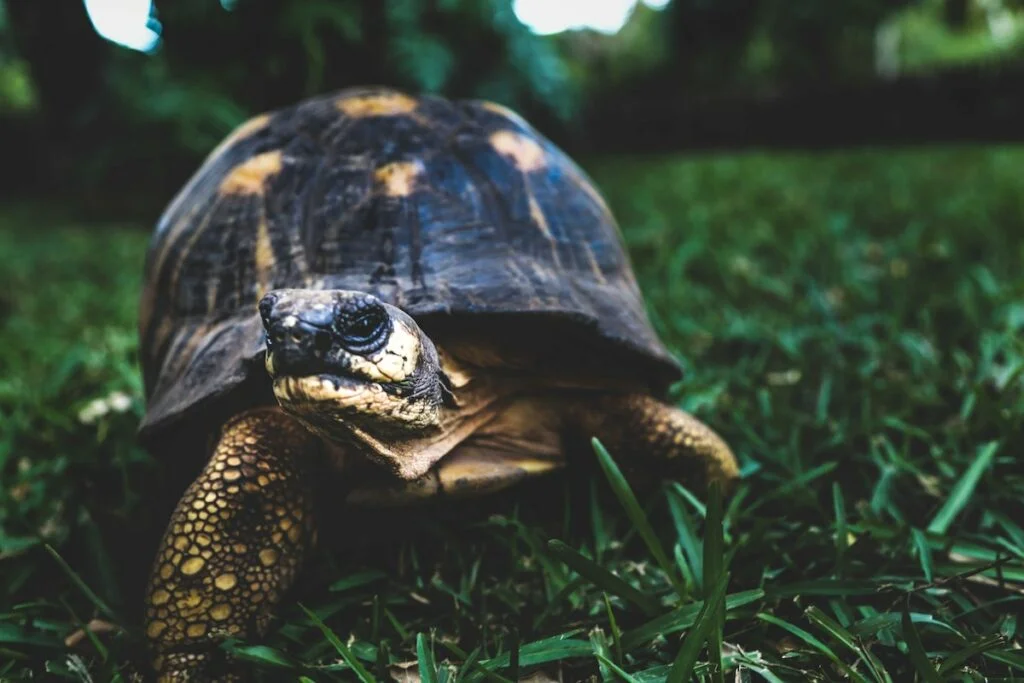
Compared to terrapins and aquatic turtles, which are accustomed to living in water, tortoises are accustomed to living on land. That is why, although terrapins and turtles can swim, tortoises can’t.
There are several reasons for the tortoise’s inability to swim. While terrapins have webbed feet, at the same time, freshwater and sea turtles possess flippers, and tortoises have heavy hind legs, flat front feet, and large, bulky shells.
10. Charles Darwin and Steve Irwin Share the Same Tortoise
It might sound strange, but Harriet was the Galápagos tortoise that Charles Darwin discovered during his 1835 world expedition. After spending time in England, Harriet was moved to Australia and was taken care of by Steve Irwin.
Kapidolo Farms offers food items for tortoises. To learn more about our products, you can call us at 215-483-7675 or send us an email at kapidolofarms@gmail.com.


